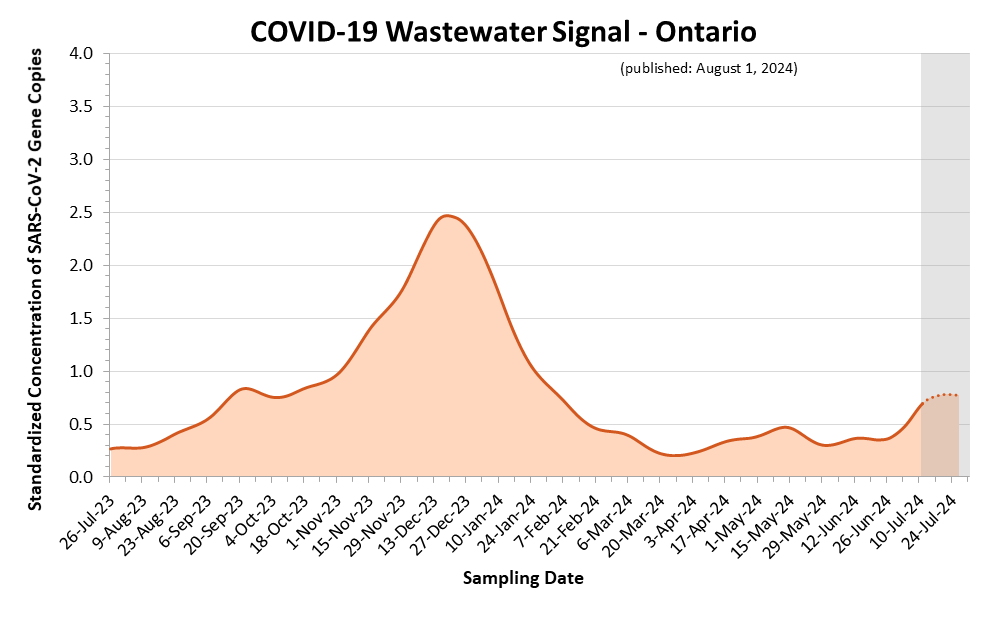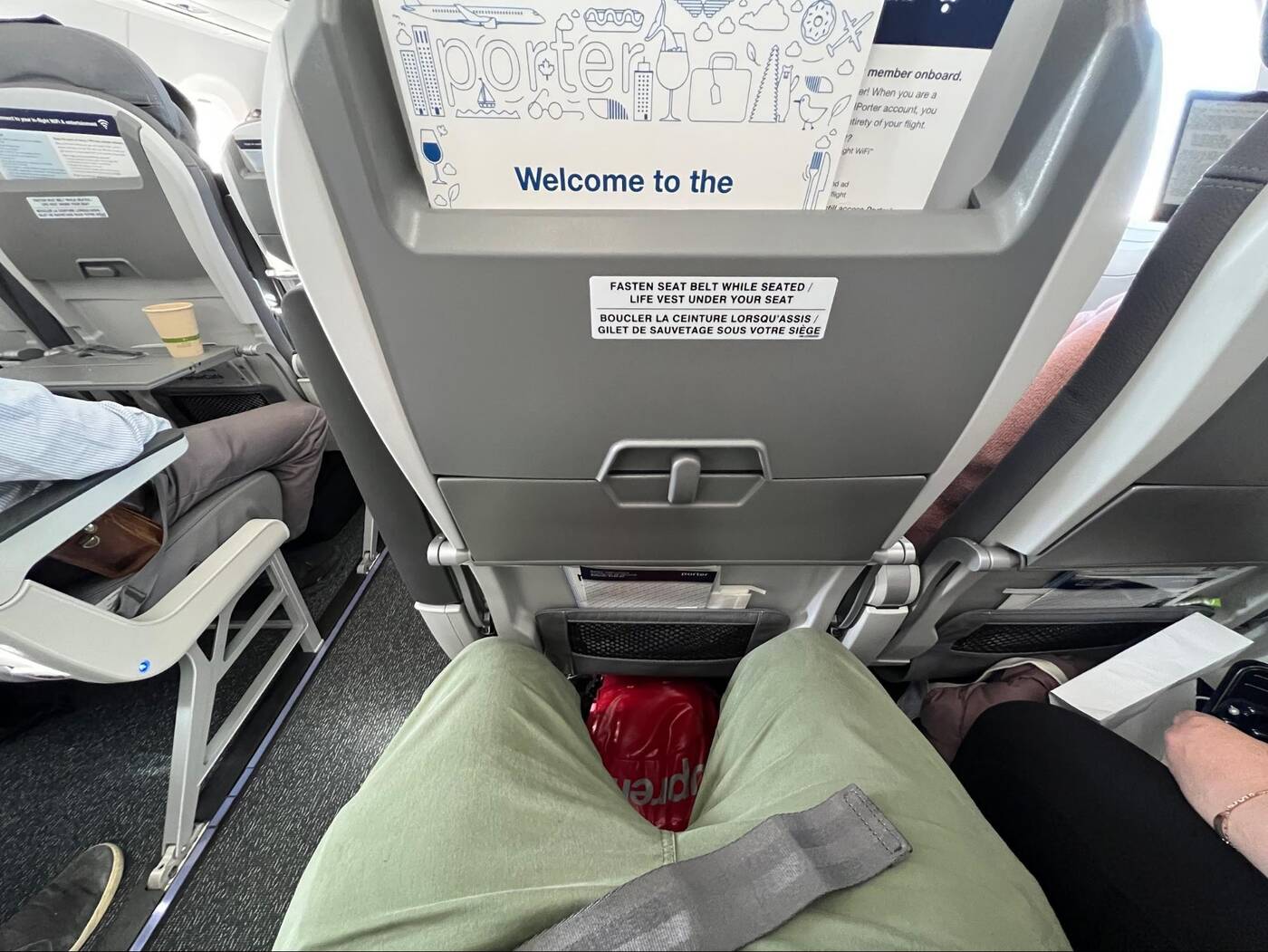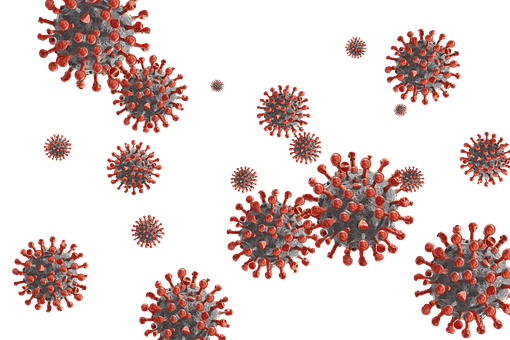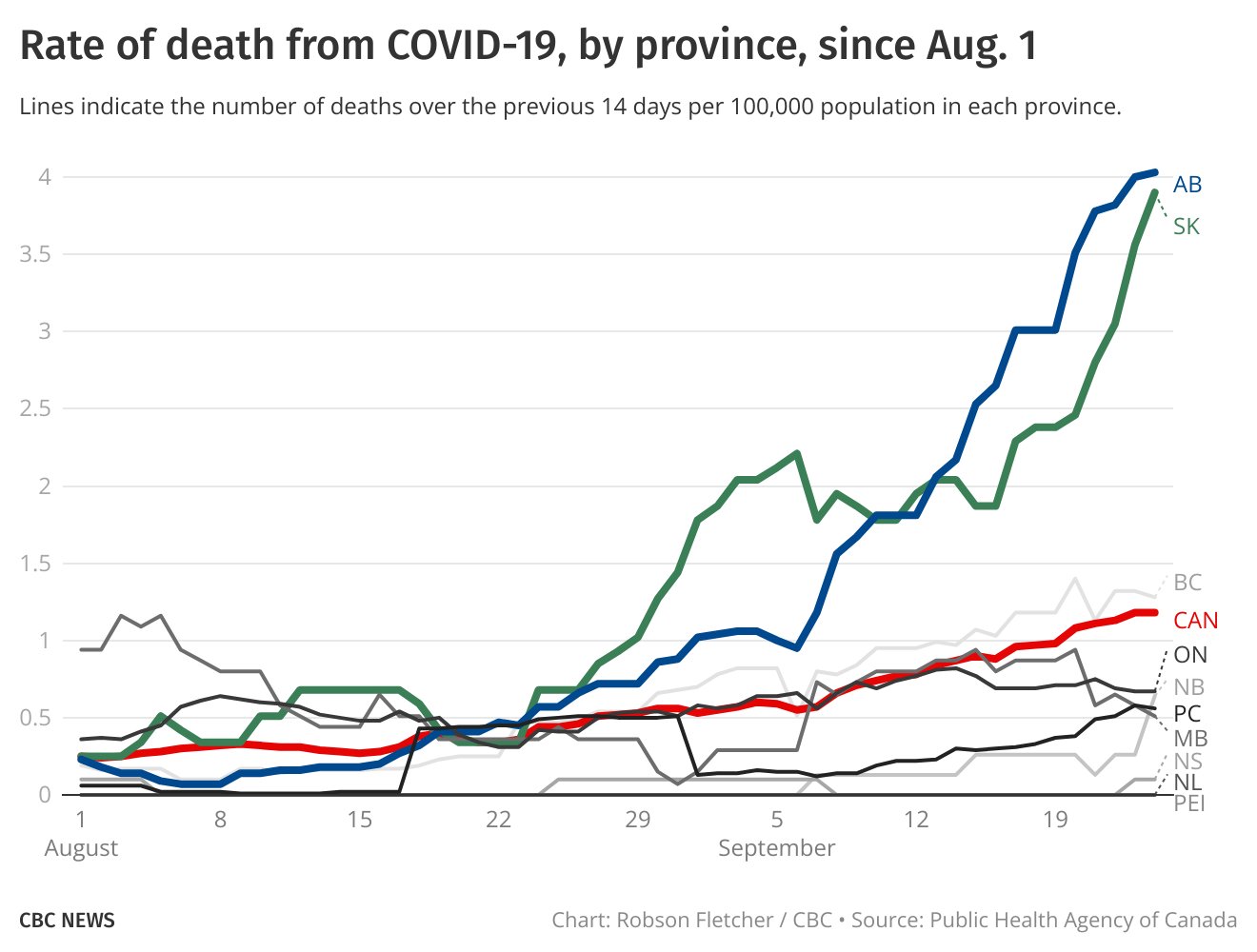
Last Monday (Jan 3) my daughter had a sore throat. She got tested later that evening and was positive for COVID. No one in my house/bubble had symptoms before that, but by Wednesday morning, all but one of us had them.
Our experience with the disease was similar to Liz Renzetti and her family, described here: Opinion: Lessons from the COVID not-so-sick bed – The Globe and Mail.
All of us felt tired and exhibited symptoms associated with COVID. I had a incessant cough, runny nose, stuffy head, and at one point fever then chills. I also slept a lot. Normally I am restless so if I am sleeping that much then I am sick.
We all isolated from each other as much as we could. We had a hepa filter going, and we were all vaccinated (and in some cases boosted). We did what we could to minimize the impact. As it was, the course of the disease took under a week (at least in terms of present symptoms).
People were great in offering us well wishes and close friends offering to bring us food. We were lucky to be able to have food delivered and appreciative of the people who did so.
We only had one rapid antigen test between us. (Good luck getting one of those anywhere.) We were all pretty sick, but we used it and the results were negative. My doctor friend tells me the false negative percentage is 30% (vs 1% false positive). We acted all we all had COVID anyway and we likely did.
I don’t have any great insights into the disease. Get as vaccinated as you can as soon as you can. Follow local public health guidelines. Take care of yourself and others. Hang in there.
(Photo by Fusion Medical Animation on Unsplash )
 You can either bookmark this post or the actual URL that makes up the image above. The URL (or more accurately, URI) of the image stays the same, I think, but the data changes.
You can either bookmark this post or the actual URL that makes up the image above. The URL (or more accurately, URI) of the image stays the same, I think, but the data changes.


 It’s good not because I want him to be ill! Not at all. Rather, it’s good because what came out of that is this fine essay:
It’s good not because I want him to be ill! Not at all. Rather, it’s good because what came out of that is this fine essay: 











 This is a fine analysis of why people are still crowding on certain TTC routes despite everyone being told to stay home:
This is a fine analysis of why people are still crowding on certain TTC routes despite everyone being told to stay home: 